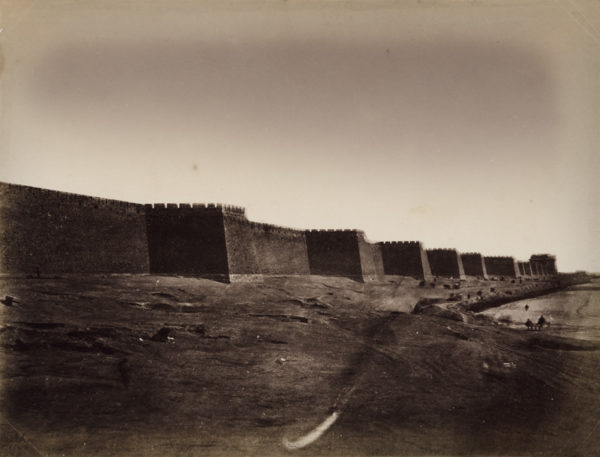Kenny Hodgart of the Asia Times details the Loewentheil Collection’s “stunning” Qing Dynasty Peking: Thomas Child’s Photographs exhibition, on view at Sidney Mishkin Gallery in New York through October 25, 2016.
Asia Times, “Stunning rare images of late imperial Beijing,” March 13, 2017.
